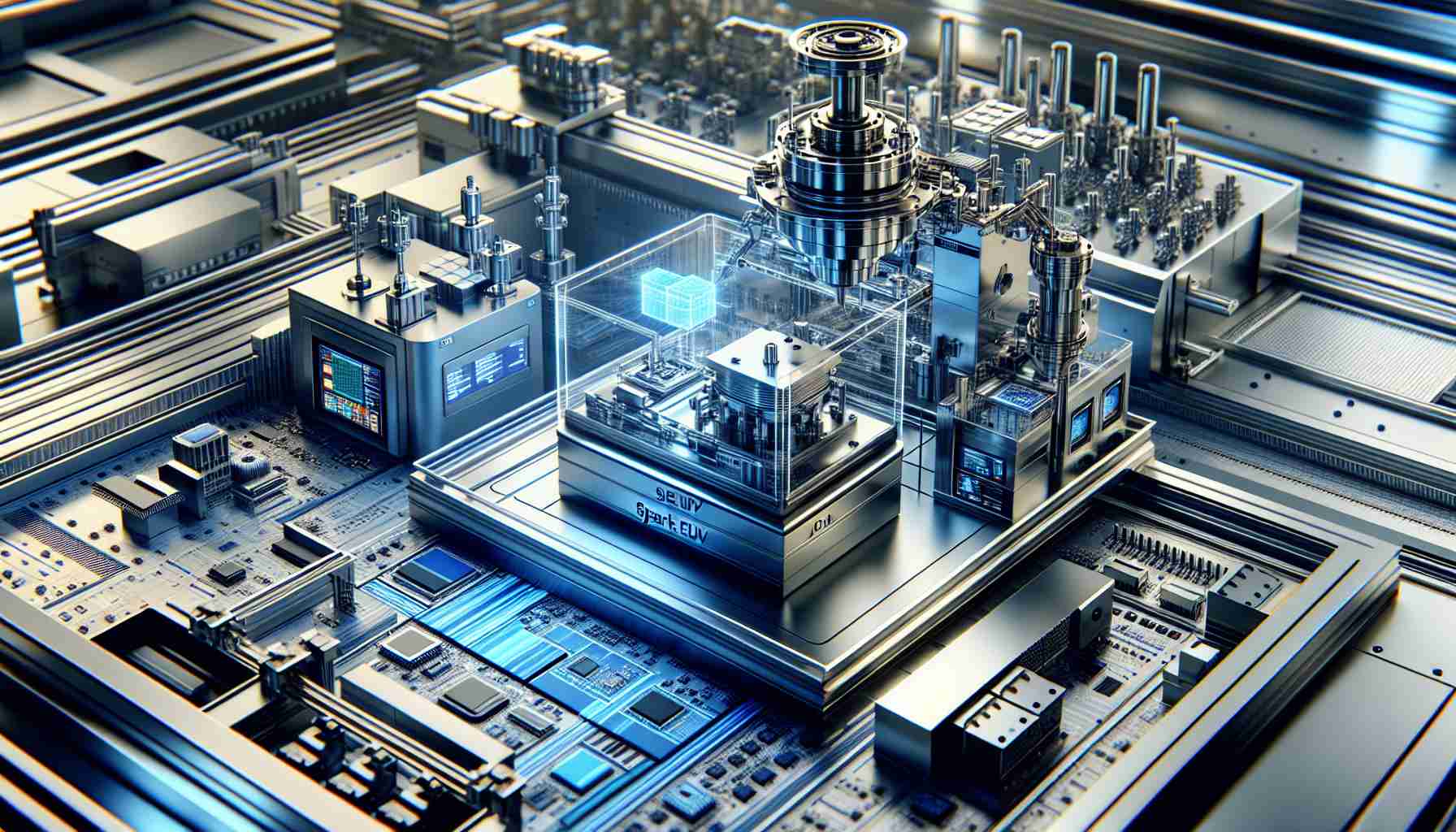- Meta is heavily investing in developing AI-powered humanoid robots to tackle household chores.
- The company aims to create a platform similar to Android, enabling third-party development of robotic helpers using Meta’s software and sensors.
- Meta’s ambitious plan includes a $65 billion investment by 2025 to advance AI infrastructure for autonomous robotic learning and performance.
- Apple also explores the robotics sector, with simpler robotic innovations potentially appearing in homes sooner.
- The rise of household robots signals a future where technology blurs the line between science fiction and reality.
Imagine a world where robots tackle your household chores with finesse. Meta, the tech giant behind Facebook, envisions this reality, driving forward the development of AI-powered humanoid robots. Through its Reality Labs, Meta is orchestrating an ambitious plan to create robots that don’t just mimic human actions but revolutionize them.
Peering into the future, Meta aims to be the “Android of robots,” developing sensors and software that third-party companies can harness to build their own robotic helpers. The immediate goal focuses on household chores—envision robots folding clothes or washing dishes, tasks once reserved for human hands.
These humanoid helpers aren’t arriving tomorrow. Current technology hasn’t yet caught up with the dream, but Meta’s massive $65 billion investment by 2025 signals intense commitment. This investment will support innovations in AI infrastructure, enhancing the ability of robots to learn and perform tasks autonomously over time.
Meta’s journey isn’t solitary. Giant competitor Apple stirs in the robotics sector, too, with their experimental contraptions hinting at a futuristic dance between human innovation and machine capability. While Apple’s humanoid plans remain years off, simpler creations—like an iPad-faced robotic arm—might grace homes sooner.
In this heated race, Meta forges ahead, casting an enchanting vision of a future where robots seamlessly weave into everyday life. The endeavor underscores a profound takeaway: the line between sci-fi dreams and tangible technology blurs, promising a world where robotic partners are as commonplace as smartphones. Are you ready to welcome these mechanical marvels into your home? The countdown begins.
Unlocking the Future: How Humanoid Robots Will Transform Daily Life
Real-World Use Cases and Industry Trends
The concept of AI-powered humanoid robots isn’t merely confined to the realm of sci-fi fantasy anymore. Industry leaders like Meta are exploring practical applications that could transform everyday tasks. Potential use cases include:
– Household Chores: Meta’s vision encompasses robots that can fold laundry, wash dishes, and perform other domestic duties, freeing up human time for other endeavors.
– Elderly Care: Robots could assist with daily routines, medication reminders, and remote health monitoring, providing support for an aging population.
– Retail and Hospitality: Expect to see robots serving as customer service reps, aides in logistics like stocking shelves, or even in cooking roles.
Market Forecasts and Industry Trends
The robotics industry is poised for substantial growth. According to a report by the International Federation of Robotics, by 2030, household robots alone may become a $23 billion market. The increasing interest of major tech companies like Meta and Apple hints at rapid advancements and competitive developments in this sector.
Features, Specs & Pricing
While specific pricing and specs for Meta’s proposed robots have yet to be released, current market trends can give us an idea. Household robots, such as vacuum and lawnmower machines, range from $200 to several thousand dollars, depending on complexity and functionality.
Advanced humanoid robots might feature:
– AI-Powered Learning: Enabling them to adapt and improve at tasks over time.
– Multi-Sensor Integration: For better navigation and interaction with humans.
– Cloud-Connectivity: Allowing for software updates and integration with smart home systems.
Controversies & Limitations
The integration of robots into everyday life isn’t without concerns:
– Privacy: With more powerful AI, there’s an increased risk of intrusion into personal lives.
– Job Displacement: Automation could lead to reduced demand for certain jobs, affecting employment.
– Technical Challenges: Current limitations in AI and machine learning still need to be addressed to achieve seamless functionality.
Security & Sustainability
Meticulously designed security measures will be critical for safe integration. Sustainable practices in manufacturing and operation will also be necessary, considering environmental impacts.
Actionable Recommendations
For those interested in staying ahead of the curve:
– Stay Informed: Keep track of industry updates to know when these robots become commercially available.
– Smart Home Integration: Consider setting up a smart home network to prepare for seamless integration with future robots.
– Skill Development: Learning about robotics technology can be beneficial, both personally and professionally.
Pros & Cons Overview
Pros:
– Enhances efficiency in everyday tasks
– Provides care and assistance to vulnerable populations
– Boosts innovation and economic growth in the tech sector
Cons:
– High initial investment cost
– Potential privacy issues
– Technical challenges in terms of AI reliability
For more insights on the development and future of technology in everyday life, visit Meta’s official website.
In conclusion, the dawn of AI-powered humanoid robots is not just a distant dream. With significant investments and rapid technological advances, our homes might soon be buzzing with these mechanical marvels, revolutionizing the way we live, work, and interact with the world around us. The countdown has indeed begun.


















